In general, science policy is not made through any direct route. In fact, most policy is the accidental by product of various congressional subcommittees studying an issue in very non scientific ways. Recently the situation got much worse ...
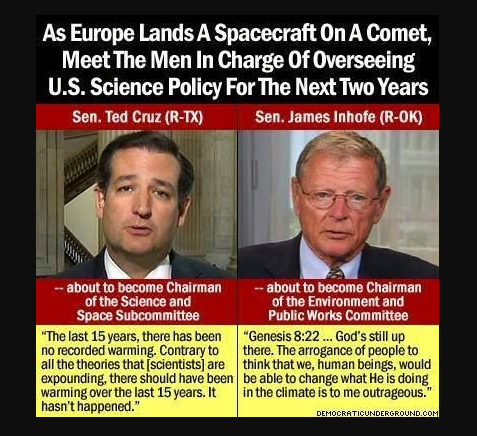
In other words, the act of making policy hardly ever follows any kind of scientific method and is often rarely informed by data. Similarly, the person chosen to be the Presidential Advisor on Science
often is a failure or just tries to serve their own agenda. These indiviuals seldom have a big picure and if they develop one, it is often insane:

While the above is pretty well emphasized in Chapter 3, a major thing that is left out, is some kind of priority assessment of various real world problems.
Examples:
Earth Science Things?

Evidence Based Polcy?
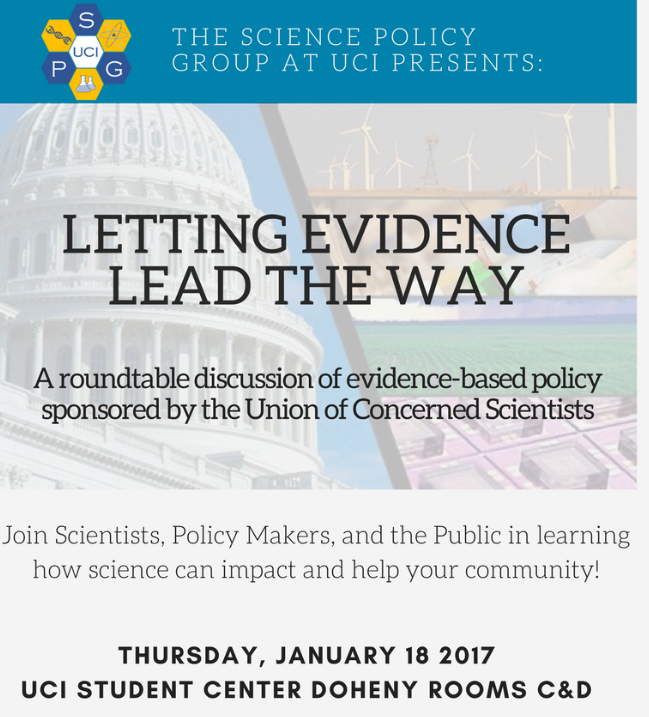
Often times policy arises from environmental situations that are simply allowed to degrade thus affecting more and more people. The example below will lead to the Public Trust doctrine of 1970 (we will amplify this later in the course when we apply this to climate change)
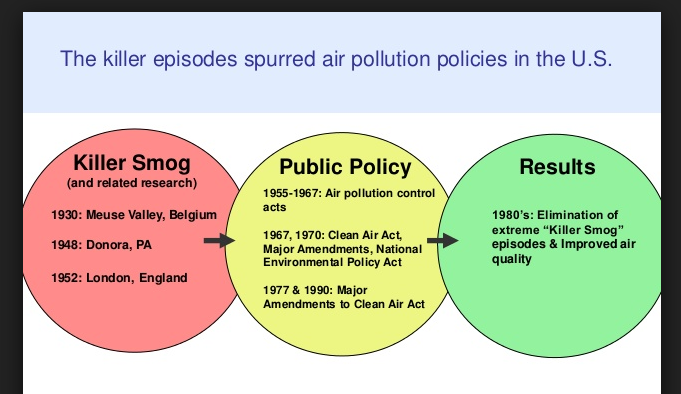
Another example is provided by the Ozone hole as its annual rate of growth when the problem was first noticed (1981) was enormous,
as it double its size every two years !!
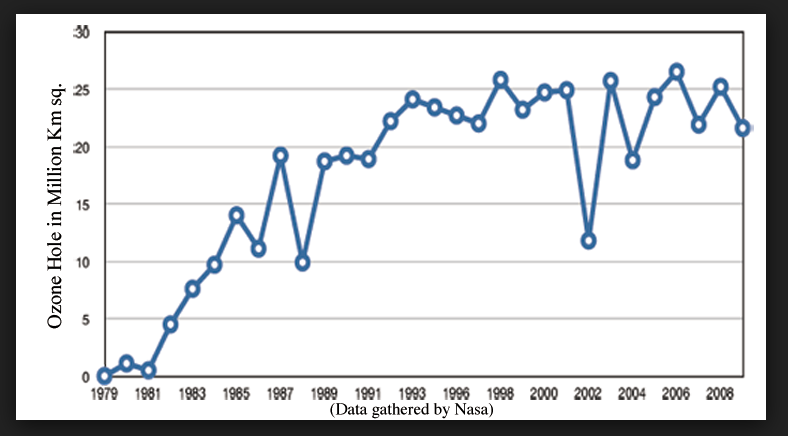
The Death of Policy by Acronym:
- OSTP: Office of Science and Technology Policy: Established in 1976 and this formalizes the existence of the Presidential Science Adviser.
- PCAST: 1990: President's Council of Advisors on Science and Technology. This was the reformation of PSAC (Nixons President's Science Advisory Council which Nixon mostly ignored).
PCAST has 45 members and therefore is like a dysfunctional senate.
- NSTC: National Science and Technology Council - Established by Clinton in Nov 1993. Unlike PCAST, NSTC is all government officials.
- OMB: Office of Management and Budget - basically determines, by various criteria, including Presidental recommendations, the annual funding levels of various scientific agencies.
But public perception of how science is funded is a complete abberation and to date, there is still very little budget transparency to show to voters that Science is very underfunded.
From a 2007 study:

OMB is broken down in four areas of general funding:
- Natural Resources --> Energy, Science and Water Resources --> NSF, NASA and DOE.
- Human Resources --> Health Division --> NIH
- National Security --> DOD
- General Government Programs
But note that is no oversite for the continuation of various idiotic and secret programs that have clearly failed and are well beyond the pilot stage. Project NERVA is but one of many examples.
The end result of this, is that the scientific and research enterprise, however you want to define it, has no real direction or priority but instead is simply diffused down to the component level. There is absolutely no "system thinking" perspective on the value to invest in science.
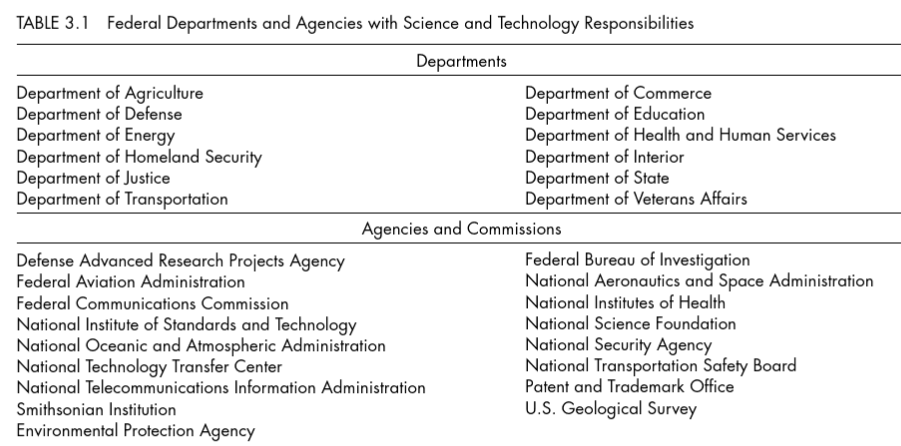
|